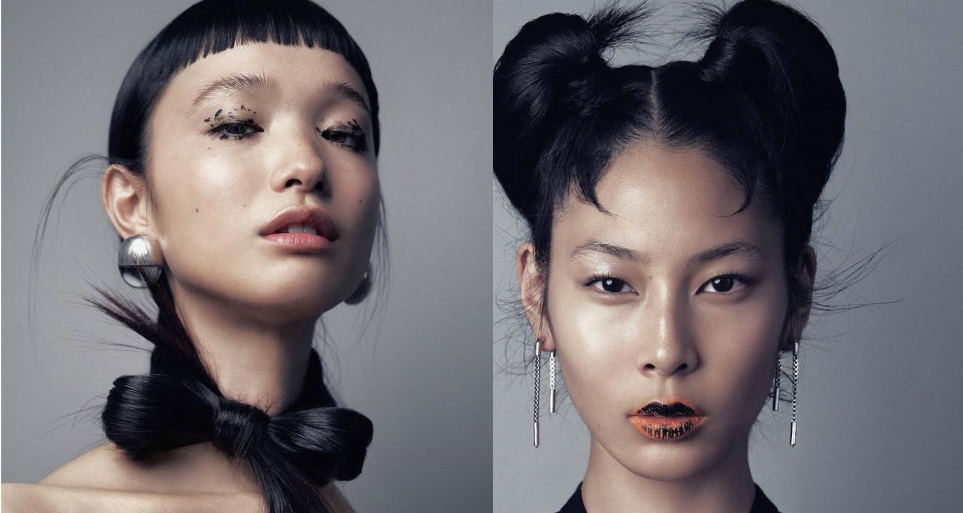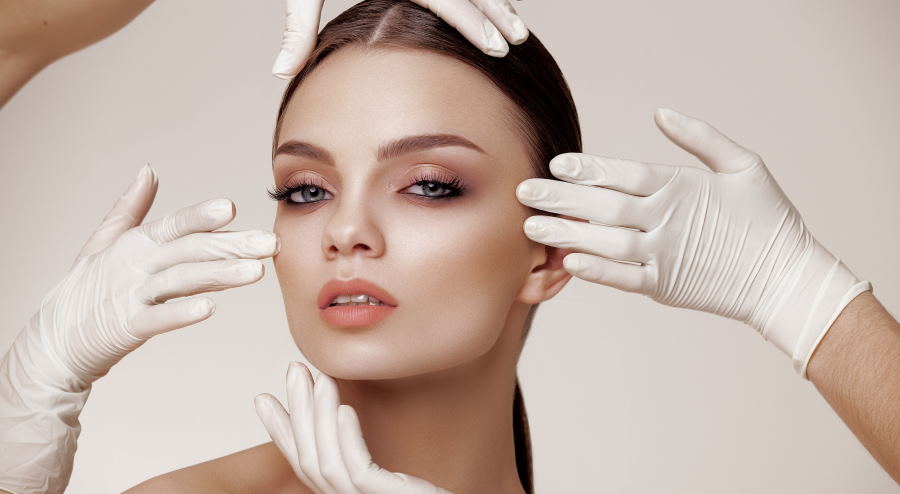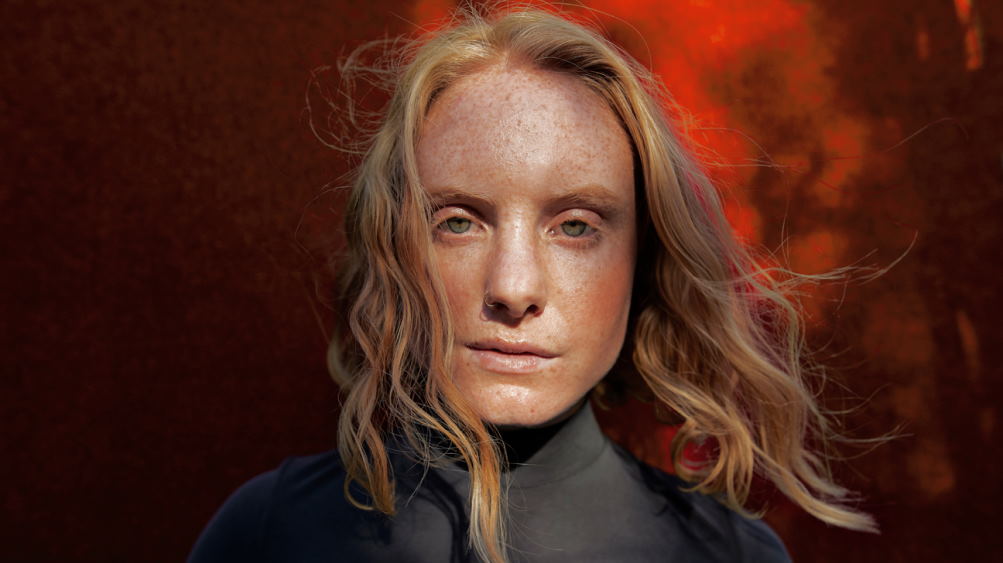How Culture Influences Beauty Standards

How culture influences beauty standards is a topic of much discussion. Some say that culture dictates what is considered beautiful, while others argue that beauty is in the eye of the beholder. But what does the research say? And how can we use this information to our advantage? In this post, we’ll look at some of the latest findings on the topic and discuss how you can use them to be more confident in your own beauty.
Cultural effects on beauty: how our backgrounds influence what we find attractive
Standards of beauty are not static but are constantly changing. The media, popular culture, and even historical factors often influence these changes. For example, in the early 1900s, the ideal woman was thought to be thin and delicate, with a small waistline. However, this changed in the 1950s when full-figured women like Marilyn Monroe became more popular. Today, there is no one “ideal” body type, as different cultures have different standards.
Many factors contribute to our standards of beauty. Our family and friends play a role in shaping our views, as do the celebrities and public figures we see in the media. Culture also plays a big part in influencing our ideas about what is beautiful. For example, in Western cultures, beauty is often associated with youth and perfection. In contrast, many Eastern cultures place a higher value on inner beauty and see wrinkles and gray hair as signs of wisdom and experience.

Historical factors also influence our perceptions of beauty. For instance, curvy women were considered more attractive during the Renaissance period than their thinner counterparts. This was partly due to the fact that fuller figures were a sign of wealth and success. However, in more recent history, thinness has been prized as the ideal body type, thanks in part to the popularity of fashion models like Twiggy in the 1960s.
What we find our individual preferences often determine is beautiful. However, it’s important to remember that beauty standards are not set in stone. Instead, they constantly change and are influenced by various factors, including popular culture, family, friends, and history.
The impact of culture on beauty: how society shapes our views of attractiveness
Beauty is in the eye of the beholder, or so the saying goes. But our culture and the media often shape what we perceive as beautiful. In Western cultures, for example, we tend to value slim figures and smooth skin. Unfortunately, this standard of beauty is often unattainable for many women, leading to feelings of inadequacy and low self-esteem.

The people around us also influence our perceptions of beauty. Family, friends, and even strangers can affect our views of what is attractive. For instance, if you grew up hearing your mother say that thinness is the key to being beautiful, you may believe this to be true. On the other hand, if your best friend is confident and beautiful despite being overweight, you may start to see beauty in a different light.
The media also plays a role in shaping our views of beauty. We are constantly bombarded with images of perfect-looking celebrities and models, making us feel we don’t measure up. These images can be particularly damaging to young girls and women, who may view them as the only standard of beauty.
While culture and society play a large role in shaping our views of beauty, it’s important to remember that everyone is unique and beautiful in their way. Embracing your uniqueness is the key to feeling confident and beautiful, no matter what anyone else says or thinks.
